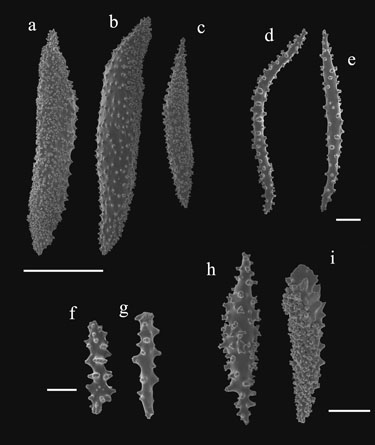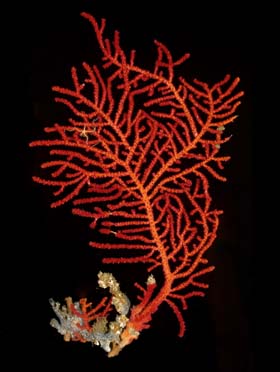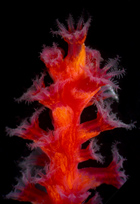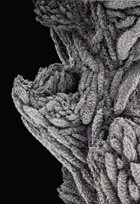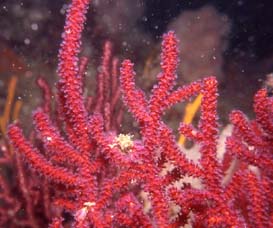CONTENTS
Introduction
The South Atlantic Bight
Methods
Octocoral Morphology
Glossary
Gorgonacean
Bauplan
see this for keys
Notes on the Species
Carijoa
riisei
Scleranthelia
rugosa
Telesto fruticulosa
Telesto nelleae
Telesto sanguinea
Bellonella rubistella
Pseudodrifa nigra
Nidalia occidentalis
Iciligorgia schrammi
Diodogorgia
nodulifera
Titanideum
frauenfeldii
Muricea pendula
Thesea nivea
Bebryce cinerea
Bebryce parastellata
Scleracis guadalupensis
Paramuricea sp.
Leptogorgia hebes
Leptogorgia punicea
Leptogorgia
cardinalis
Leptogorgia virgulata
Leptogorgia setacea
Leptogorgia euryale
Viminella
barbadensis
Renilla reniformis
Sclerobelemnon
theseus
Stylatula elegans
Virgularia presbytes
| Guide
to the Shallow Water (0-200 m) Octocorals of the South Atlantic
Bight.
S. T. DeVictor
& S. L. Morton, 2007
Muricea pendula Verrill,
1864 Remarks. Muricea pendula
displays branching that is in one plane and pinnate, with the twigs
turning upward at nearly a right angle. Colonies may attain a large
size (up to 0.5 m) and take on a fan-like form. The prominent calyces
may be spread out around the base of the colony and are quite crowded
near the tips. This species displays the strong opercular armature
indicative of the genus Muricea. When the polyps are retracted,
the large (up to 1.5 mm) calycular spindles extend beyond the operculum
creating a spiny or shelf-like effect to the calyces. The large
spindles are warty and may have one side that has numerous small
spines. Smaller acute, warty spindles and radiates are found in
the body wall, particularly near the base or coenenchyme surrounding
the axis. The colony is a dark magenta to bright red when alive,
and a dark to dull orange when preserved or dried. The sclerites
are orange. Atlantic distribution: North Carolina to Florida
Keys; Gulf of Mexico, 13-125 m (Deichmann, 1936; Bayer, 1961; NMNH
collections; SERTC collection).
|
|
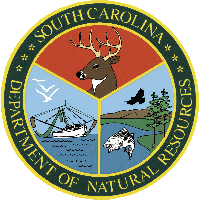 |
